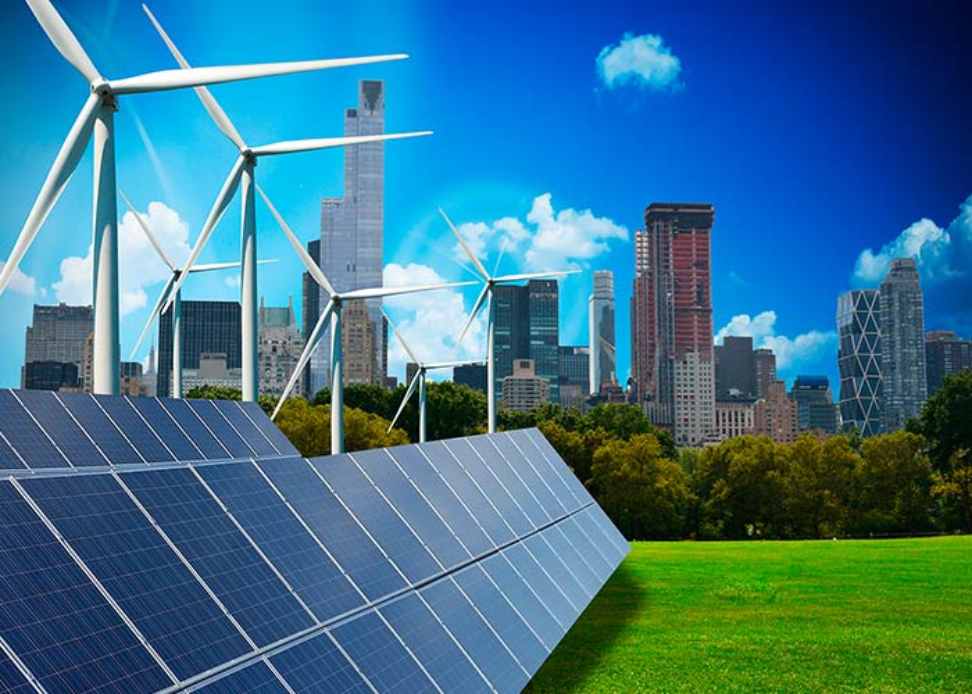Alphaexch247, Kabook Login, VL Book: The global demand for energy continues to rise, driven by population growth, urbanization, and industrial development. This increasing demand has predominantly been met by fossil fuels, such as coal, oil, and natural gas, which have been the primary sources of energy for decades. However, the reliance on these non-renewable resources poses significant environmental challenges, including air pollution, water contamination, and greenhouse gas emissions.
The distribution of energy consumption varies widely across regions, with developed countries typically consuming more energy per capita than developing nations. Industries, transportation, and residential sectors are among the major energy consumers, highlighting the diverse needs for energy across different sectors of the economy. As we continue to rely heavily on fossil fuels, it is crucial to understand the environmental impacts and explore sustainable alternatives to meet our energy needs while minimizing our carbon footprint.
Challenges in Transitioning to Green Energy
Transitioning to green energy poses significant challenges that must be carefully addressed. One key hurdle is the need for large-scale infrastructure changes to accommodate renewable energy sources. This includes building new power plants, updating existing grids, and implementing storage solutions to handle the intermittent nature of renewable sources like solar and wind.
Another obstacle in the shift to green energy is the resistance from industries heavily reliant on fossil fuels. The transition threatens established business models and economic interests tied to traditional energy sources. Additionally, the initial cost of investing in renewable energy technology and the uncertainty surrounding returns on these investments can deter some entities from fully committing to the green energy transition.
� Large-scale infrastructure changes are needed for accommodating renewable energy sources
� Building new power plants, updating grids, and implementing storage solutions are essential
� Resistance from industries heavily reliant on fossil fuels poses a challenge
� Established business models and economic interests tied to traditional energy sources may be threatened
� Initial cost of investing in renewable energy technology can deter some entities
� Uncertainty surrounding returns on investments in green energy transition is a concern
Importance of Renewable Energy Sources
Tigerexch247, GX247, Mglionbet: Renewable energy sources play a vital role in reducing carbon emissions and combating climate change. Unlike fossil fuels, renewables such as solar, wind, and hydroelectric power offer a sustainable and environmentally friendly solution to meet our energy needs. By harnessing these abundant resources, we can decrease our reliance on finite fossil fuels and decrease our impact on the planet’s delicate ecosystems.
Furthermore, transitioning to renewable energy sources can enhance energy security and reduce our dependence on foreign oil. This shift towards cleaner energy technologies not only promotes energy independence but also stimulates economic growth in the green energy sector. Investing in renewables not only creates jobs but also fosters innovation and drives technological advancements that benefit both our environment and economies.
What are some examples of renewable energy sources?
Some examples of renewable energy sources include solar power, wind power, hydroelectric power, and geothermal energy.
Why is it important to transition to renewable energy sources?
Transitioning to renewable energy sources is important in order to reduce greenhouse gas emissions, combat climate change, and decrease dependence on finite fossil fuels.
What are some challenges in transitioning to green energy?
Some challenges in transitioning to green energy include high upfront costs, intermittent nature of some renewable sources, and resistance from traditional energy industries.
How can individuals contribute to the shift towards renewable energy?
Individuals can contribute to the shift towards renewable energy by investing in renewable energy technologies, reducing energy consumption, and advocating for policies that support renewable energy development.
What is the potential impact of increasing the use of renewable energy sources?
Increasing the use of renewable energy sources has the potential to create jobs, improve air quality, enhance energy security, and drive economic growth in the green energy sector.
Have A Look :-


